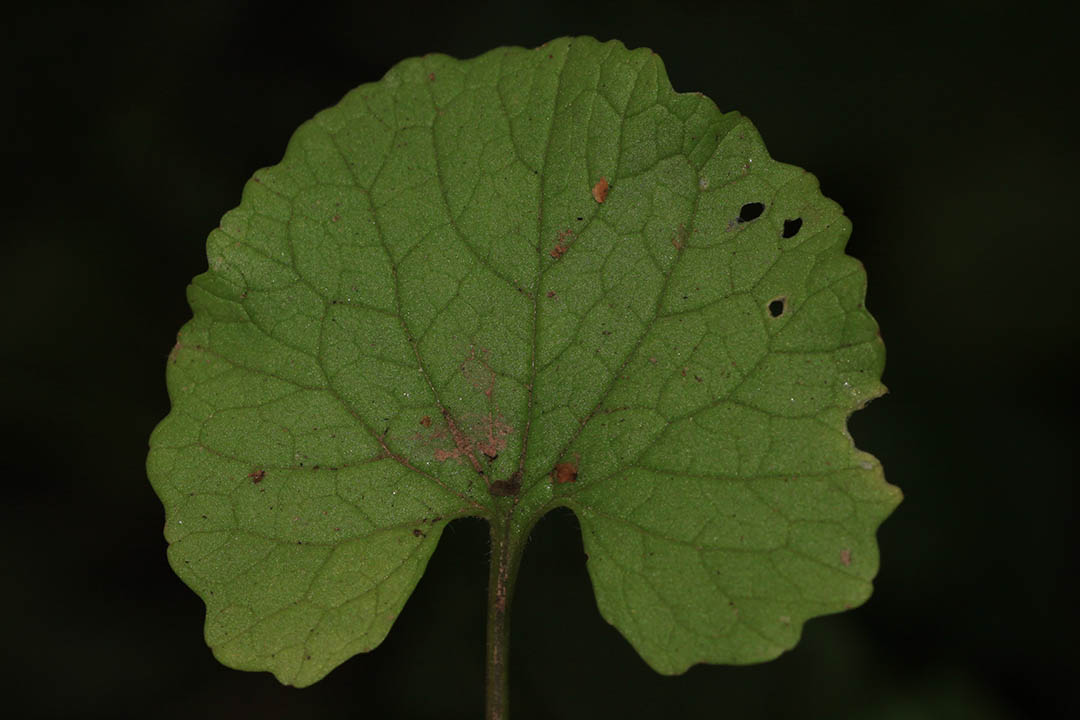Invasive Species
The era of globalization has caused many species to become introduced outside of their natural ranges, and many have found success and established successfully. Species that are introduced to a new environment are known as exotic species, unless they cause harm to the new system, in which case they then become known as invasive species.
Trade and worldwide travel have created many new opportunities for these species to become established. Routes by which invasive species are introduced are known as pathways. Whether pathways happen on a large scale (cargo ships crossing the ocean) or a small scale (not cleaning boots before hiking in new area) they can both have serious impacts on native systems.
Outdoor recreationalists are often responsible for introducing these species to new areas, but luckily there are some simple things we can all do to reduce the spread! Invasive species are excellent hitchhikers, and can attach themselves to the pants, shoes, fur, and bags of well-meaning adventurers. It's important to follow Play Clean Go's easy steps to be a responsible outdoorsman as invasive species are the second largest threat to biodiversity.
Steps every responsible adventurer should take
- REMOVE Plants, insects, and mud from your boots, gear, and pets.
- CHECK Your tires on bikes and ATVs and remove any plant parts before moving to a new area.
- CLEAN Your gear before entering and leaving a recreation site.
- STAY On designated roads and trails.
- LEARN To identify common invasive species and report them.
Examples of Invasive Disease, Plants, Insects & Wildlife that threaten PEI's Landscape
Disease:
White Nose Syndrome
This syndrome is caused by a fungal pathogen, Pseudogymnoascus destructans. This disease is presumed to have been introduced to North America on the shoe of a cave spelunker. White-nose syndrome has a dramatic impact on hibernating bats, which has resulted in the death of millions. On PEI, the Little Brown Myotis and the Northern Myotis have been heavily affected.

Plant:
Garlic Mustard
Garlic mustard is an invading groundcover that takes over even the healthiest forests. It was first confirmed on PEI in the National Park, and so it's thought to have been introduced on the shoe of visitor that came from an infected area. The seeds are small and numerous at outbreak sites, they fall on the ground close to the parent plant. Seeds are often pressed into the grooves of a shoe with mud and carried to new areas. Garlic mustard has now been found elsewhere on PEI, likely due to escapees from the park. It is not considered widespread yet. To learn more about garlic mustard check out our species information page.

Insect:
Spongy Moth
(Formerly known as the European Gypsy Moth)
The Spongy Moth (Lymantria dispar dispar) damages hardwood trees and is known to be one of the most destructive pests to North American Forests. The Spongy Moth has been found on PEI, and is a species that causes lumber exports to be regulated on PEI by the CFIA. This is an example of how invasive species can affect us economically, as well as environmentally and socially. Egg masses can be found on a wide range of things including camper trailer’s, RV’s, and firewood. To learn more about the LDD moth check out our species information page.

Wildlife:
Zebra Mussels
Zebra Mussels are a freshwater invasive, they were introduced to North American waters by aquarium enthusiasts who dumped their tank's contents into ponds and lakes. The larvae of this species are microscopic and can be transmitted unknowingly by recreationalists, even a splash of water brought from an infected site can cause an outbreak. Once introduced zebra mussels cause millions of dollars in damage in infrastructure, and starve the food chain of phytoplankton which is the building block of all life in a freshwater system. Learn more about how to stop aquatic hitchhikers by visiting "Stop Aquatic Hitchhikers" and following the "Clean.Drain.Dry" steps for proper watercraft care.


